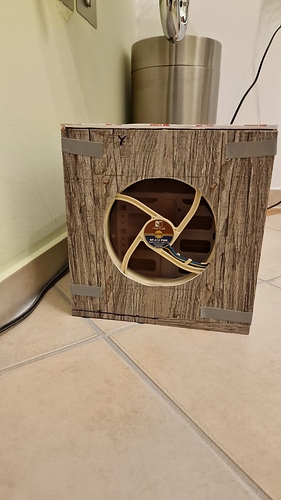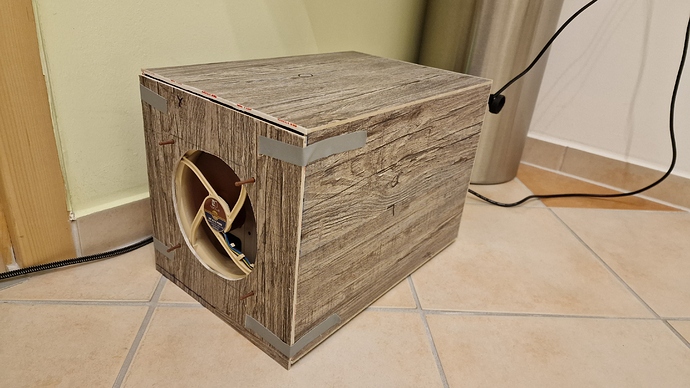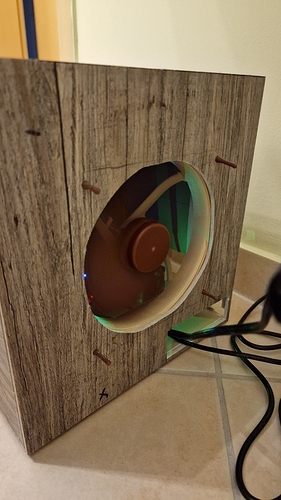A very short while after receiving my Quad SATA HAT for the Raspberry PI4 with totally new drives, tested SD cards, cables, psu etc, all hardware stuff i tested, i am experiencing connection issues for my hard drives. I updated the HAT with the firmware jms561 and can see all 4 hard drives.
When i create my snapRAID and mergerfs pool, the drives work for one day, and then they are missing and have errors. No one in the openmediavault community can help me with that issue. I have tested everything on hardware base.
Like that the SATA HAT is not usable.
Can someone please help me with that issue





